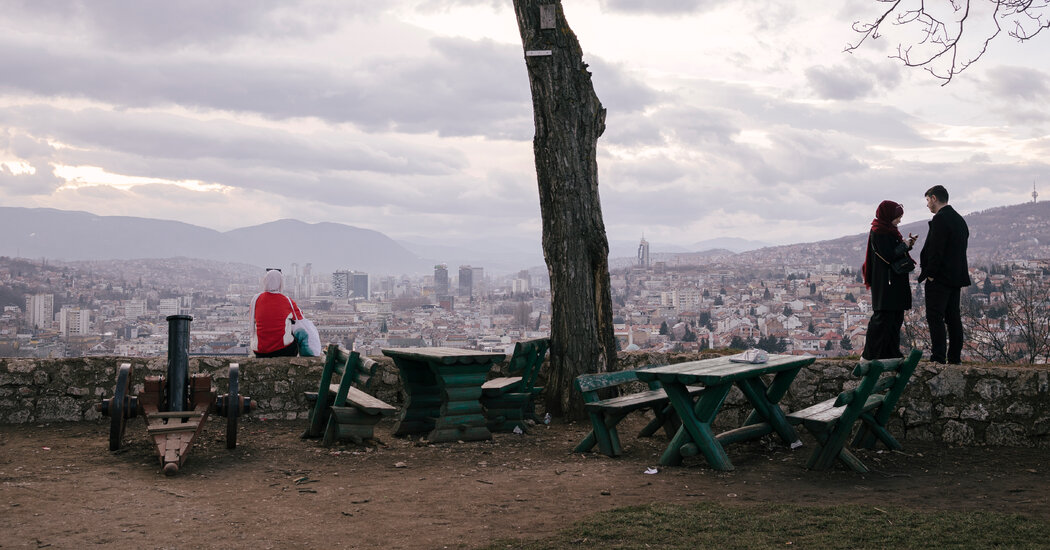A Land Once Emptied by War Now Faces a Peacetime Exodus
Bosnia is being hit by a combination of a low birthrate and emigration, a trend fueled by ethnic tensions and disgust with corruption.
Link: https://www.nytimes.com/2024/02/28/world/europe/bosnia-population-emigration-birthrate.html
Mr. Kremic said that a rough guide to how much the population had dropped was a study conducted last year by his Institute of Statistics to assess usage of Bosnia’s farmland. It found that 30 percent of the farming households recorded during the 2013 census had disappeared.
“There was nobody there anymore,” he said.
https://www.nytimes.com/2024/02/28/world/europe/bosnia-population-emigration-birthrate.html
